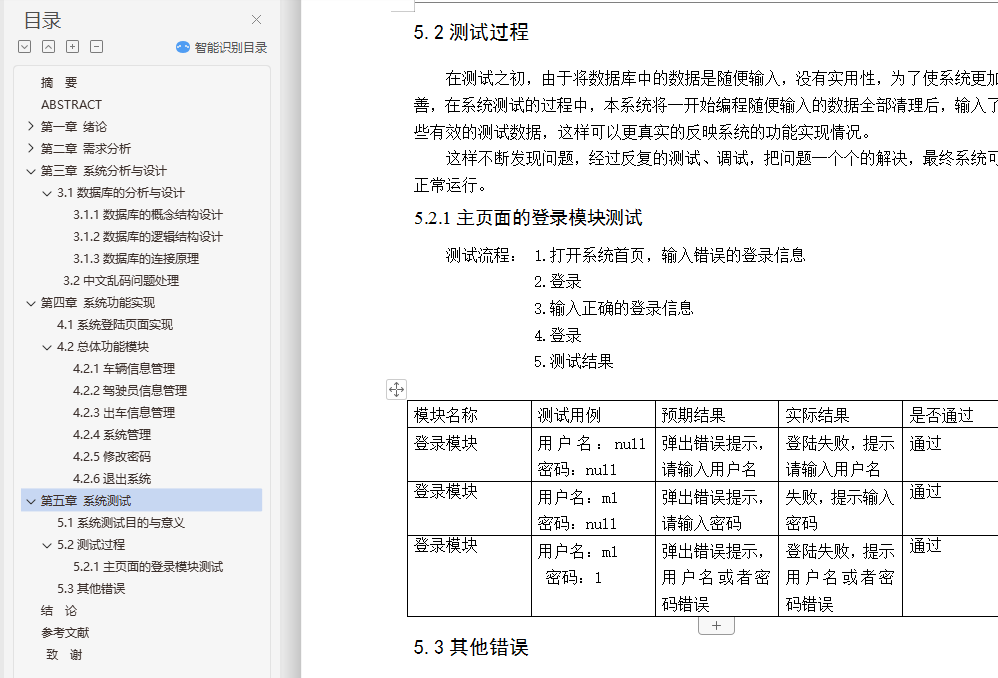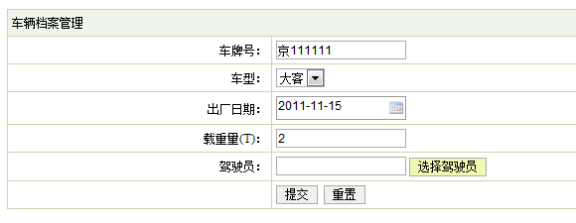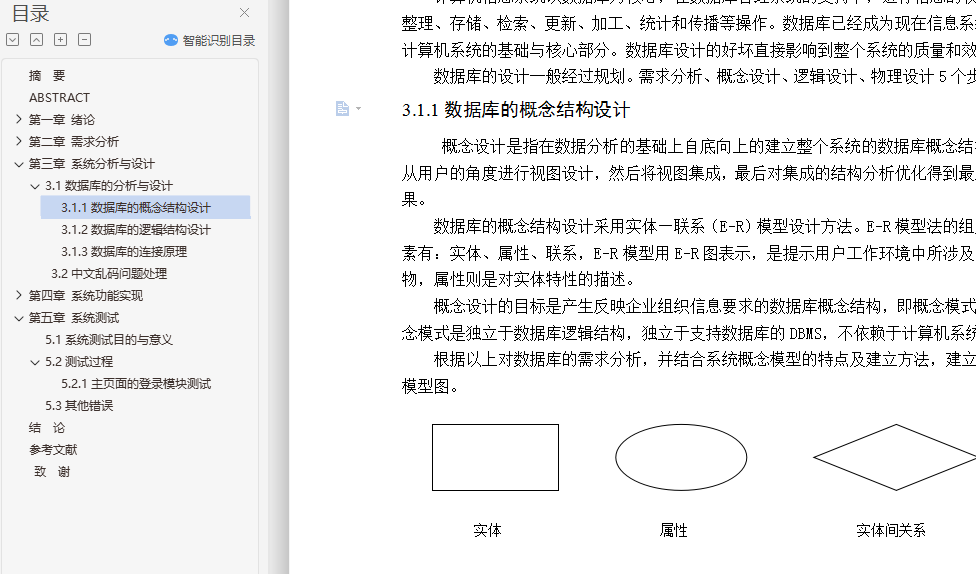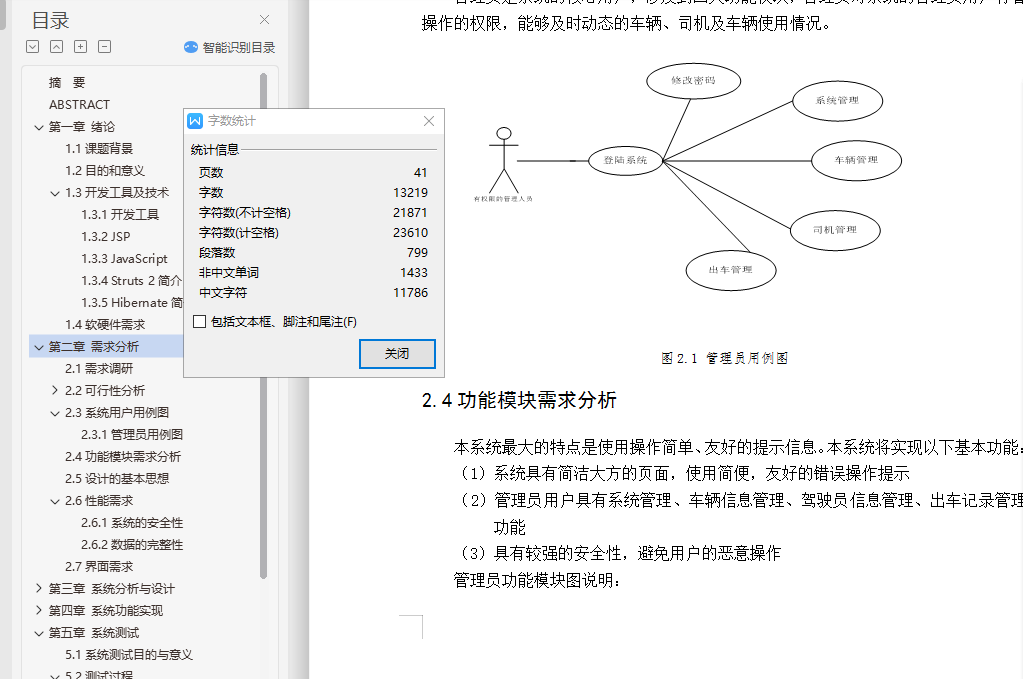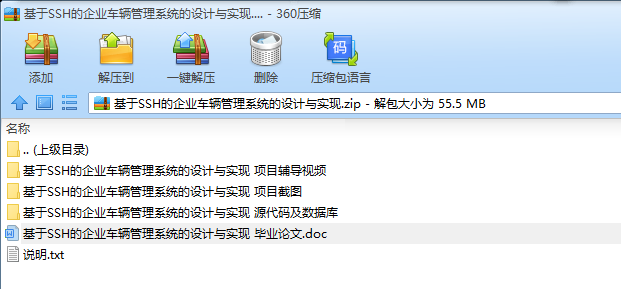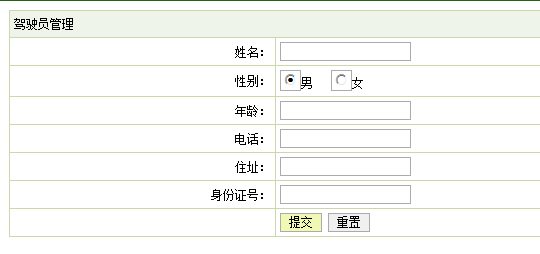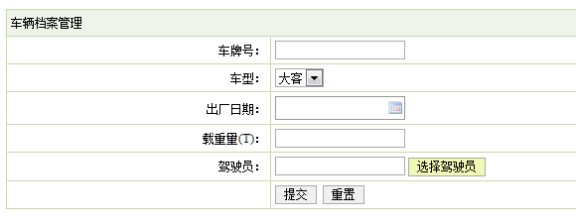摘 要
随着经济的日益增长,车辆作为最重要的交通工具,在企事业单位中得以普及,单位的车辆数目已经远远不止简单的几辆,与此同时就产生了车辆资源的合理分配使用问题。
企业车辆管理系统运用现代化的计算机管理手段,不但可以对车辆的使用进行合理的管理,而且对车辆的使用情况进行跟踪记录,这对于单位车辆责任到人,费用清晰,避免责任混乱、费用虚假等一系列相应问题的解决。系统的主要功能包括:车辆管理、驾驶员管理及出车信息管理。
本系统前台主要使用JSP作为开发语言,后台使用SQServer作为数据库管理系统,开发环境是MyEclipse,服务器采用tomcat,开发出的一个基于Web技术的B/S结构的企业车辆管理系统。
关键词:车辆,管理系统,JSP,B/S结构
ABSTRACT
With the economy growing, the vehicle as the most important means of transportation in enterprises and institutions, the popularity of the vehicle, the unit has been far more than the number of simple several cars, at the same time it has a vehicle resources rational allocation and use of.
Enterprise vehicle management system the use of modern computer management means, can not only for use in a vehicle for rational management, but also for vehicle usage tracking record for the unit to the vehicle, the responsibility to the people, the cost clear, avoid responsibility confusion, false charges such as a series of problem solving. The main functions of the system include: vehicle management, driver management and vehicle information management.
The front of the system using JSP as a development language, the use of SQServer as a database management system, the development environment is MyEclipse, server using tomcat, developed a Web technology based on B / S structure of enterprise vehicle management system.
Key words: vehicle, management system, JSP, B / S structure
目 录
摘 要 I
ABSTRACT II
第一章 绪论 1
1.1课题背景 1
1.2目的和意义 1
1.3开发工具及技术 2
1.3.1开发工具 2
1.3.2 JSP 2
1.3.3 JavaScript 3
1.3.4 Struts 2简介 4
1.3.5 Hibernate简介 4
1.4软硬件需求 5
第二章 需求分析 6
2.1需求调研 6
2.2可行性分析 6
2.2.1技术的可行性 6
2.2.2经济的可行性 6
2.2.3操作可行性 6
2.2.4法律的可行性 7
2.3系统用户用例图 7
2.3.1管理员用例图 7
2.4功能模块需求分析 7
2.5设计的基本思想 8
2.6性能需求 9
2.6.1系统的安全性 9
2.6.2数据的完整性 9
2.7界面需求 9
第三章 系统分析与设计 11
3.1数据库的分析与设计 11
3.1.1数据库的概念结构设计 11
3.1.2数据库的逻辑结构设计 13
3.1.3数据库的连接原理 15
3.2中文乱码问题处理 16
第四章 系统功能实现 18
4.1系统登陆页面实现 18
4.2总体功能模块 19
4.2.1注册会员管理 20
4.2.1类别信息管理 22
4.2.3商品信息管理 24
4.2.4系统管理 26
4.2.5修改密码 28
4.2.6退出系统 28
4.3前台网站模块 29
4.3.1网站首面 29
4.3.2用户注册 29
4.3.3免费信息发布 30
4.3.4商品信息修改 31
4.3.4商品信息查看 33
第五章 系统测试 36
5.1系统测试目的与意义 36
5.2测试过程 36
5.2.1主页面的登录模块测试 36
5.3其他错误 37
结 论 38
参考文献 39
致 谢 40
